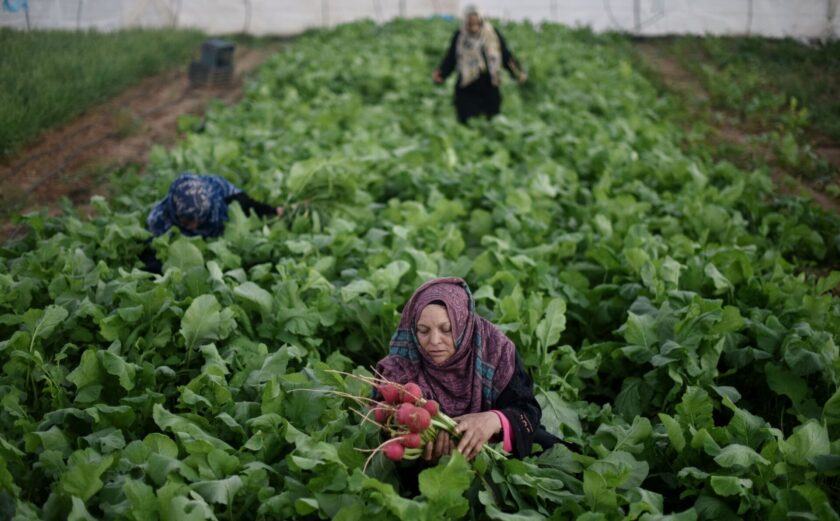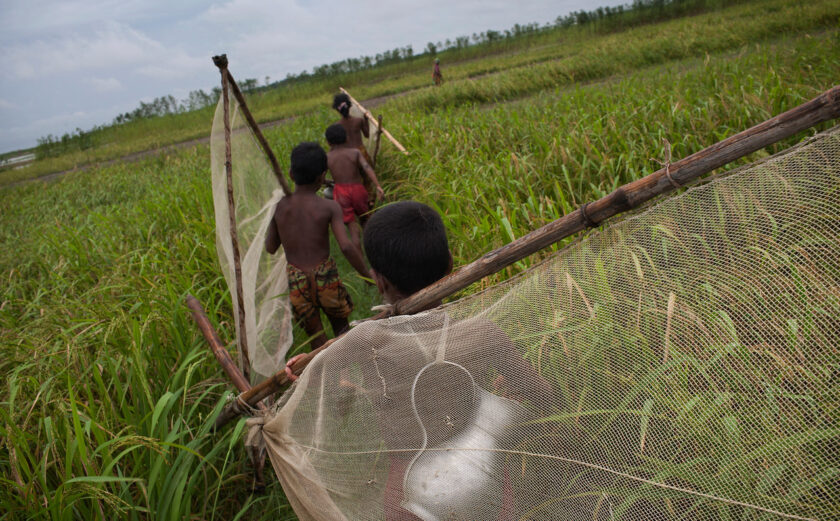NGO Recommendations for USAID’s 2021 Youth in Development Policy Update
In the last decade, the global landscape for children and youth has changed significantly. Climate change, the COVID-19 pandemic, new digital risks, and protracted crises jeopardize the development gains made for children and youth internationally.
Despite being leaders in the fight against climate change, younger generations are likely to face a two- to sevenfold increase in extreme weather events compared with those born in 1960. The Lancet reports that over 1.5 million children under the age of 18 lost a caregiver due to COVID-19. According to UNICEF’s State of the World’s Children 2021, it is estimated 86 million adolescents aged 15–19 and 80 million adolescents aged 10–14 live with a diagnosed mental disorder. According to the UNHCR, there are currently 35 million forcibly displaced people under the age of 18.
There is an urgency to shift our focus to the needs of children and youth globally.
This is why, on November 3, InterAction’s Children & Youth Working Group submitted feedback on USAID’s Youth in Development Policy 2021 Update in response to its release for public comment on October 20. This revised policy, once final, will supersede the existing 2012 policy. The revision of the Youth in Development Policy aims to account for the increasing challenges youth encounter in today’s world.
The Working Group—comprised of over 30 InterAction Member NGOs working with and for children and youth globally—commends USAID for updating the Youth in Development Policy. The original 2012 policy was groundbreaking for the agency at the time. We applaud the agency’s efforts to update it with evidence-based intervention knowledge from Youth Power and other work and from consultations with implementers, young people, and civil society. We are also grateful to have had the opportunity to meet with policy drafters and leadership ahead of the draft’s release.
Overall, the Working Group is encouraged by this policy’s definition of youth that is inclusive of life stages and age ranges across the life cycle continuum. We strongly support the references to addressing mental health, the focus on the needs of youth with intersecting marginalized identities, and the encouragement of increased investment in youth-led organizations. However, we believe the U.S. Government, more broadly, should make a concerted effort to illustrate how this strategy will interact with existing or developing strategies and policies. The Working Group advocates for a whole of government elevation of children and youth that is integrated, cross-sectoral, supports children and youth throughout all life stages.
The Children & Youth Working Group raised the below topline comments in response to questions posed by USAID about gaps and necessary clarifications. For more details on each of these points, see the full comment HERE.
We recommend the Youth in Development Policy:
- Go beyond providing education materials as a way of supporting youth with diagnosed mental disorders or greater mental health needs.
- Provide explicit language on how it will work with existing strategies on early childhood development.
- Acknowledge child, early, and forced marriage as forms of gender-based violence.
- Discern between the skills and capacity needed to engage adolescents versus youth in their twenties.
- Mention the changes to civic space and the challenges related to exercising civil rights and freedoms.
- Include LGBTQIA+ considerations in other sectoral responses throughout the strategy.
- Implement a twin-track approach to youth with disabilities throughout the policy.
Note that these comments were informed by significant input by InterAction Members and coalition partners but may not fully reflect the diverse opinions of all of InterAction’s Membership. For more information, please reach out to Caitlin St. Amour.




